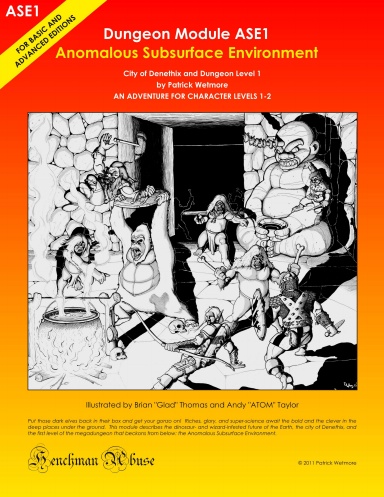overgeeked
Open-World Sandbox
Very cool.
It seems to be explicitly only about the code:Does this affect the content within Zork? Could I make a Zork-based tabletop RPG? Or is it strictly about the underlying code?
This release focuses purely on the code itself. It does not include commercial packaging or marketing materials, and it does not grant rights to any trademarks or brands, which remain with their respective owners. All assets outside the scope of these titles’ source code are intentionally excluded to preserve historical accuracy.
The lore eventually gets pretty deep over time, as the Zork series is long and multiple other Infocom games were set in the same setting. It always has the kind of woolly old school D&D campaign setting feel, as some of it is just silly, while other parts feel extremely serious (while still resting on fundamentally silly ideas).The GUE had relatively little lore or backstory to work with in the original trilogy of games, but that leaves the GM free to develop the history as they see fit.
The lore eventually gets pretty deep over time, as the Zork series is long and multiple other Infocom games were set in the same setting. It always has the kind of woolly old school D&D campaign setting feel, as some of it is just silly, while other parts feel extremely serious (while still resting on fundamentally silly ideas).
Funny, this is a very D&D thing (theme) to me, but I feel like it's missing from a lot of the "what is OSR" discussions I see.Zork very much has the same slightly wacky, genre-blending flavor as 1970’s gonzo D&D. Castle Blackmoor had mechanical war machines and (IIRC) a turnstile at one of the dungeon entrances, while the GUE had Flood Control Dam #3. Both Blackmoor and Greyhawk featured crashed spacecraft! You see the same gleeful mishmash of anachronisms and clashing tones in D&D and Zork: medieval weapons and armor, steampunk technology and infrastructure, pulp adventure deathtraps, humor both clever and cheesy.
The gonzo elements are definitely there in the OSR. They’re not hard to find at all. I think most people in the scene realize the presence of gonzo in some foundational games/settings does not make it definitional to old-school gaming as a whole.Funny, this is a very D&D thing (theme) to me, but I feel like it's missing from a lot of the "what is OSR" discussions I see.
Oh, it's definitely there, alongside the grubby dungeons.Funny, this is a very D&D thing (theme) to me, but I feel like it's missing from a lot of the "what is OSR" discussions I see.

